Coronavirus: Will we ever feel the power of a crowd again?
Now that empty stadiums and online political rallies are normal, many won’t want to rejoin a mass of swaying bodies.
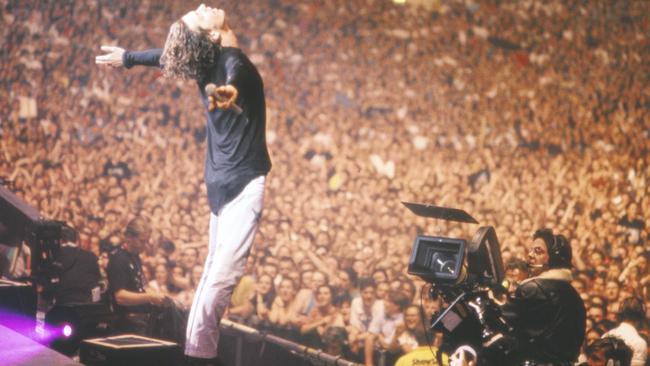
In Minsk protesting Belarusians filled the thoroughfares.
But in Southampton bad light stopped play at the Test in an empty ground to no protest. In homes across the world Manchester United supporters watched their team perform, accompanied by the recorded sound of fans who, some time ago, had watched an entirely different game.
And this week in Milwaukee a smiling Joe Biden did not gather his extended family around him, flanked by dozens of cheering staffers. There was no one to razz my, your or anyone’s tazz. Instead, viewers of the virtual convention’s early proceedings saw and heard things that possessed the decorum and civilised informality of a decent Swedish funeral but one held entirely online.
One Harvard political scientist tweeted about pictures of “Montana cows! Iowa corn! Hawaii beaches! New Mexico mountains. What’s not to like? Better than a noisy convention hall!” Which might be paraphrased as, “Who needs crowds anyway?”
By way of answer, an entirely corporeal Donald Trump was filmed pitching up at an aircraft hangar in Yuma, Arizona, to speak to several dozen mostly non-mask-wearing enthusiasts, who were seated in the blistering heat. The US President seemed in no doubt that the physical interplay between the speaker and the spoken to is a critical part of persuading others that something exciting is going on.
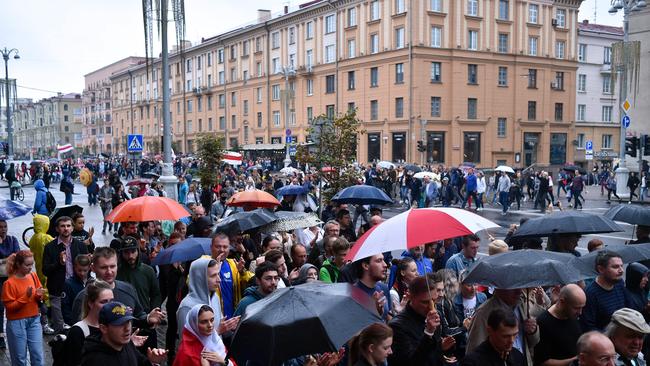
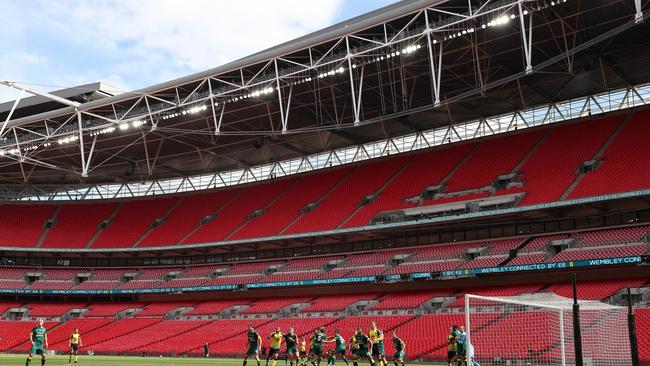
This has been conventional political wisdom since the dawning of the era of mass communication. You need to show everyone that crowds of others love you and support you. It was true at Nuremberg, it was true at those meetings of the Supreme Soviet whose written minutes would record that the speeches of the Leader were punctuated by “stormy applause”. It’s true of democratic politicians, hence the clasped spouse and the cheering delegates.
We can’t possibly weigh up everything for ourselves, so we look to see what others are doing and with what enthusiasm they’re doing it. It’s a classic heuristic – a shortcut to a decision. Say there are two unknown restaurants in the same road, one with many customers in and one with few. The popular one is likely be better than the other, right?
Laugh tracks, fake cheering
In fact, so established is this principle that we will essentially fake crowds so as to entice the support and custom of others. From the late 1940s onwards TV comedies would add laughter tracks to their sitcoms so as to encourage the audience at home to believe something was very funny. One man even invented an “audience response duplicator” holding a few hundred types of laugh covering both sexes, most ages and a variety of amused noises, from sniggers to howls. For most of my lifetime the sitcoms I have enjoyed have sought to prove to me how funny they are by adding confabulated crowd laughter.
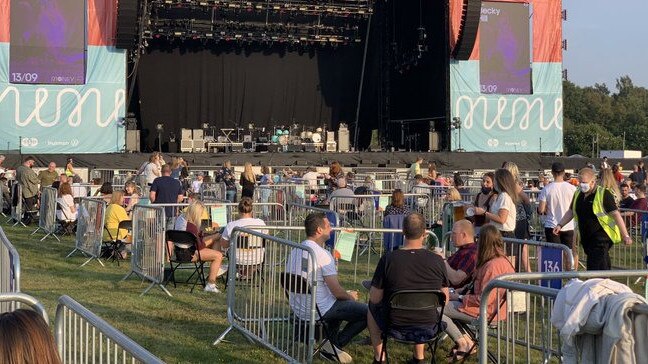

Everyone has done it. I even found a company specialising in helping exhibitions and exhibitors which, in addition to hiring out stands and displays, was seeking staff to “deliver our new service ‘rent a crowd’, which will involve simply attending some of the UK’s biggest events, shows and gigs to populate the space and make it appear busier than it is”. The rate is pounds 40 an hour plus travel. “No one,” said the company’s founder, “wants to visit an empty stand.”
“Social proof” is one aspect of crowds. Another is the debate about the political nature of crowds. In essence, when people get together like that, is it good or bad? Back in the 1890s the polymath scholar Gustave Le Bon wrote an incredibly influential book on the subject, called The Crowd. Crudely Le Bon’s view was that crowds were bad. “Civilisations,” he wrote, “as yet have only been created and directed by a small intellectual aristocracy, never by crowds. Crowds are only powerful for destruction. Their rule is always tantamount to a barbarian phase.” Freud tended to agree. In crowd situations we can become horribly disinhibited.
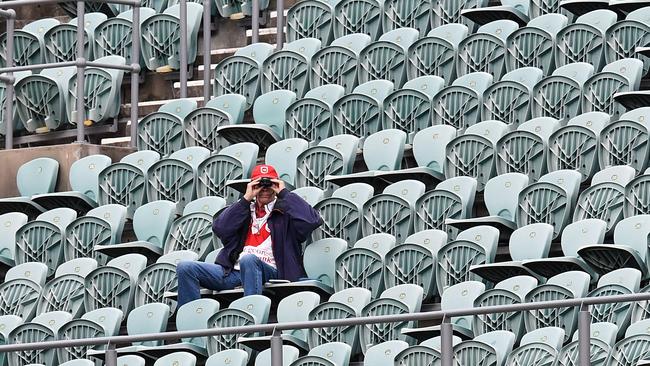
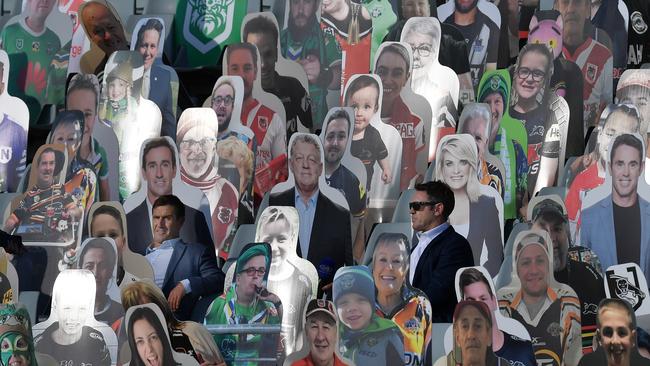
In the other corner were left-wing theoreticians who had more faith in the masses as gathered together. On our shelves at home we had several works of history by the Marxist George Rude, including The Crowd in the French Revolution and The Crowd in History, both of which rescued the sans-culottes and others from the utter contempt to which others had consigned them. In Black Lives Matter 2020, if there is a consensus among behavioural psychologists, it is that crowds are a lot more rational and positive than the pessimists would have you believe.
And yet this is the moment, as evidenced by Milwaukee, when the crowds have largely had to disappear. Our sport is enacted on camera, filmed in empty stadiums. The fake crowd noise that two thirds of viewers prefer spares referees from the normally ubiquitous 90 minutes of abuse. No more will Chelsea take the field at Old Trafford to the sound of “who the f..king hell are you?” It isn’t the same, for sure. But is that partly because of what we are all used to?
The implicit question here is, do we need crowds any more to furnish us with social proof? At the last British election the Labour Party was able to hold far bigger, noisier events than the Tories. As of July last year Jeremy Corbyn’s party had 485,000 members and Boris Johnson’s just 180,000. But when December’s votes were counted there was one seat won for every 493 Tories compared with one for every 2400 Labour members. In many ways the Conservatives are now a virtual party and it isn’t hurting them.
I was talking earlier about laughter tracks, which have now almost entirely disappeared. For the past 10 years the most successful TV comedies haven’t told you when to laugh, or how. Not Curb Your Enthusiasm, not The Office, not The Thick of It, not Fleabag. There is no social proof here any more, you’re on your own. In fact putting laughter tracks on those shows would destroy them. In the 2020s my laughter emerges from my own unique sense of humour, which you, the comedian, just happens to have appealed to.
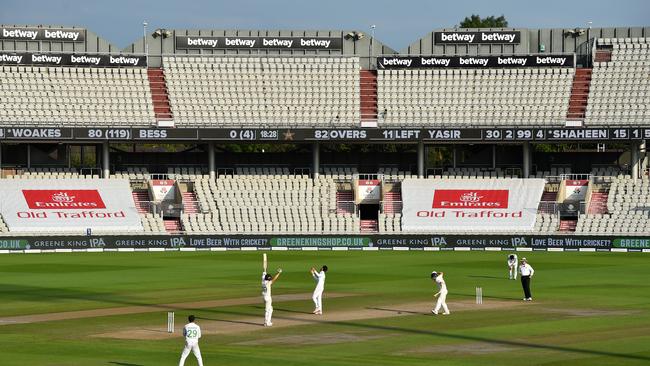
This is not, of course, an absolute change. People still cluster together for encouragement on beaches and in parks and yearn for the return of theatre and cricket. But even our crowd personas are becoming increasingly individual, our placards more likely to be homemade. And today the most successful ventures associated with crowds – like crowd-funding or crowdsourcing — actually involve no physical presence at all.
In some ways this is a good thing. The food in the half-empty restaurant (which is all of them now) is what matters, not whether someone else seems to like it. And the man on the screen in Milwaukee doesn’t need a balloon-fall to be a far better bet than the Yuma crowd-pleaser. In Belarus, however, if you wanted the dictator gone, the old, collective ways were still the best.
The Times

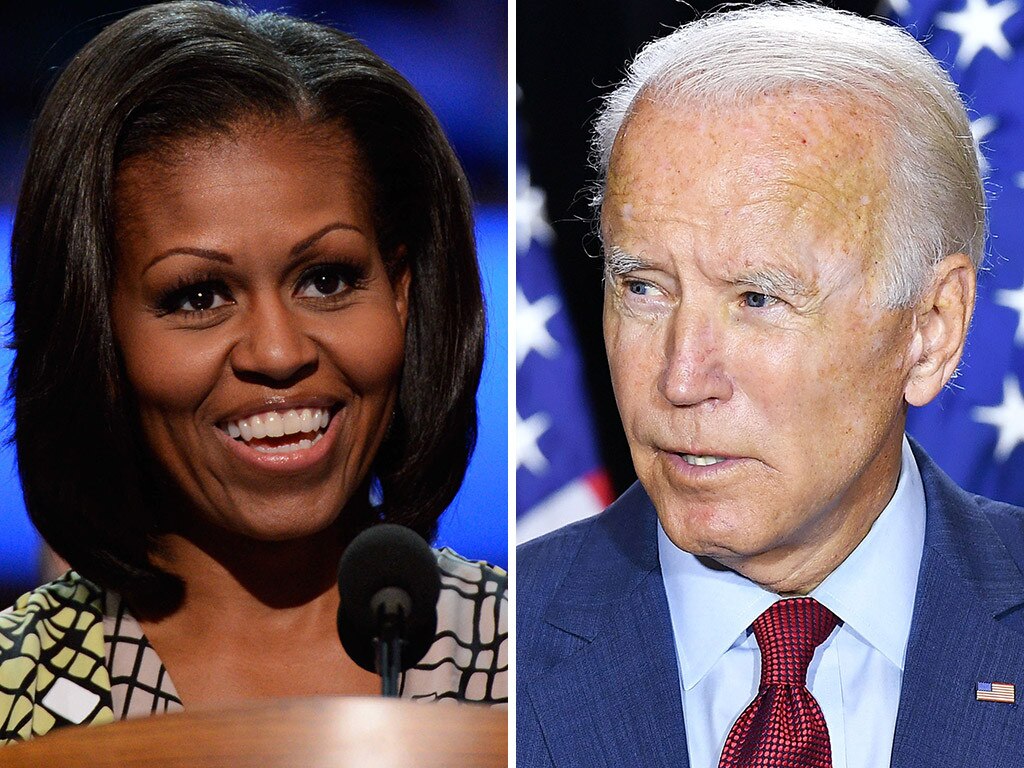





To join the conversation, please log in. Don't have an account? Register
Join the conversation, you are commenting as Logout